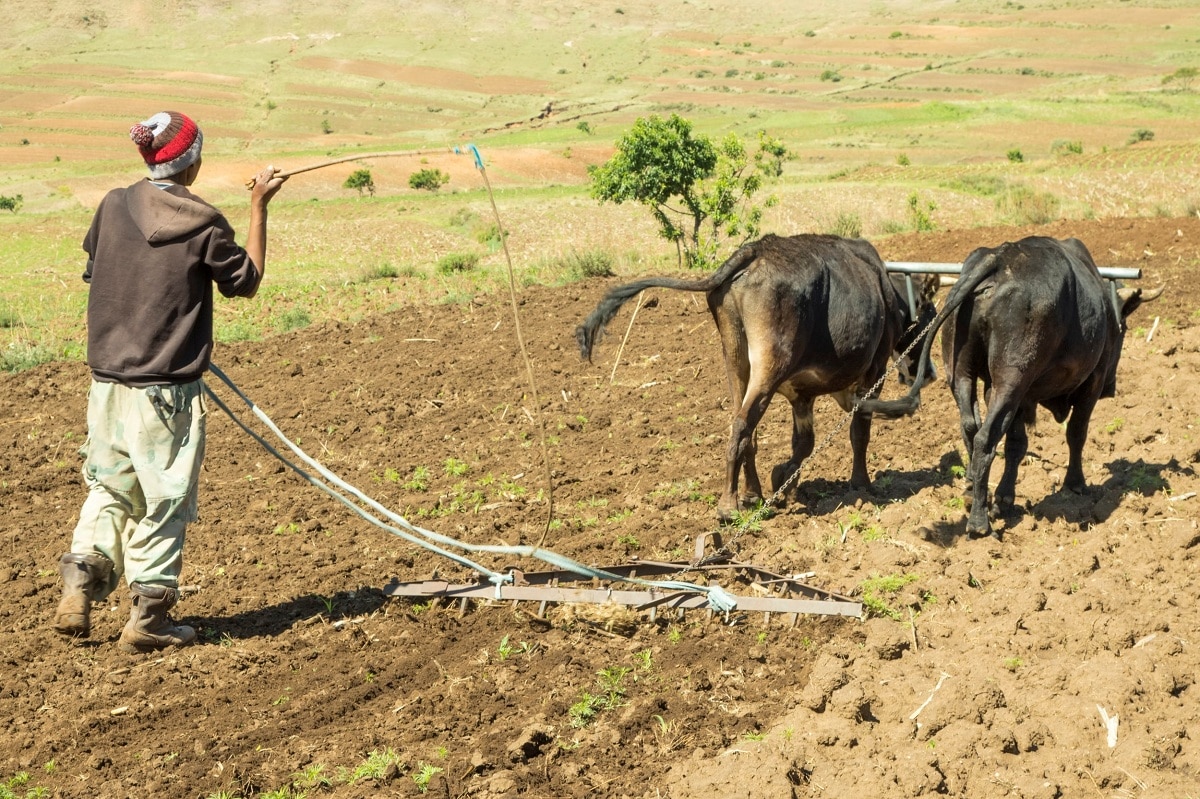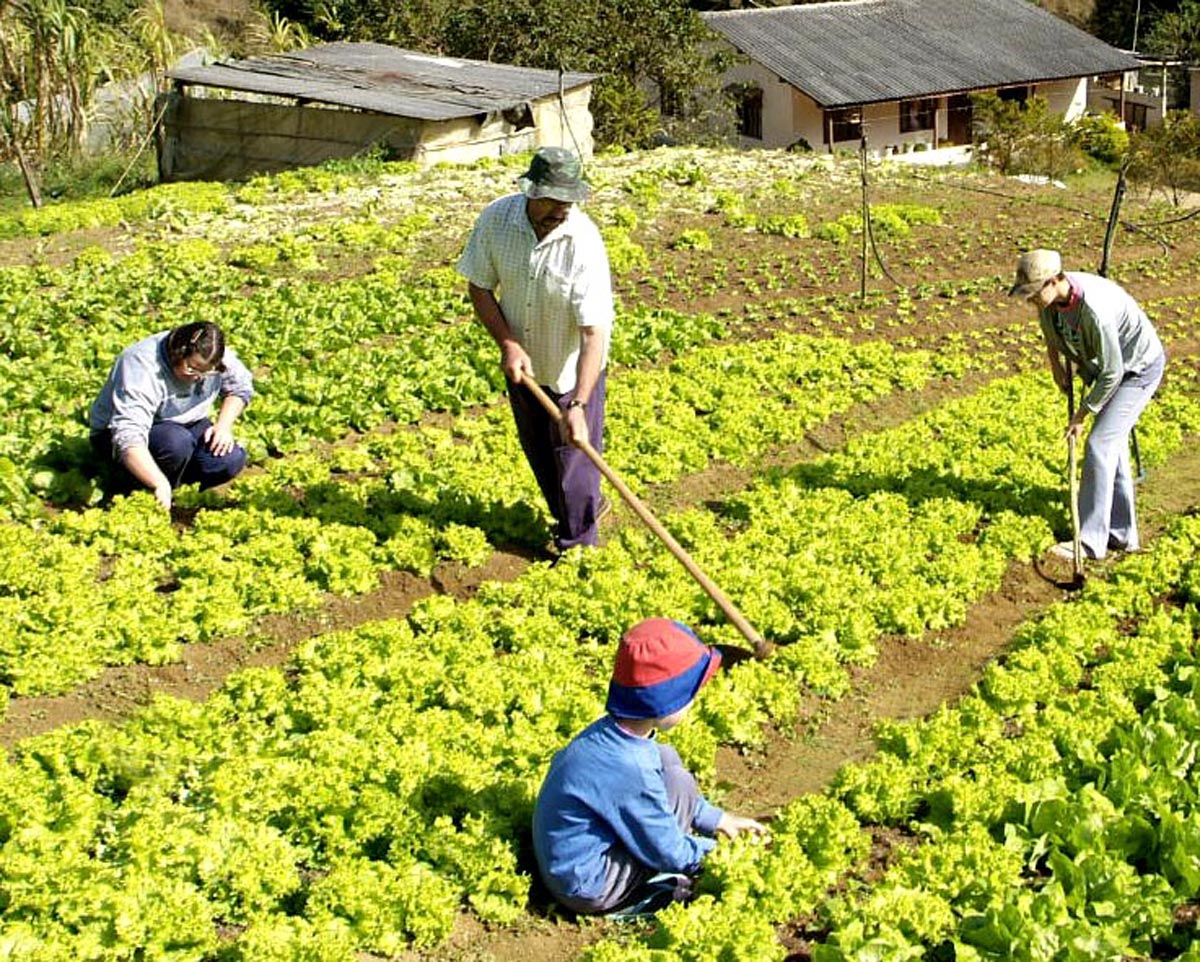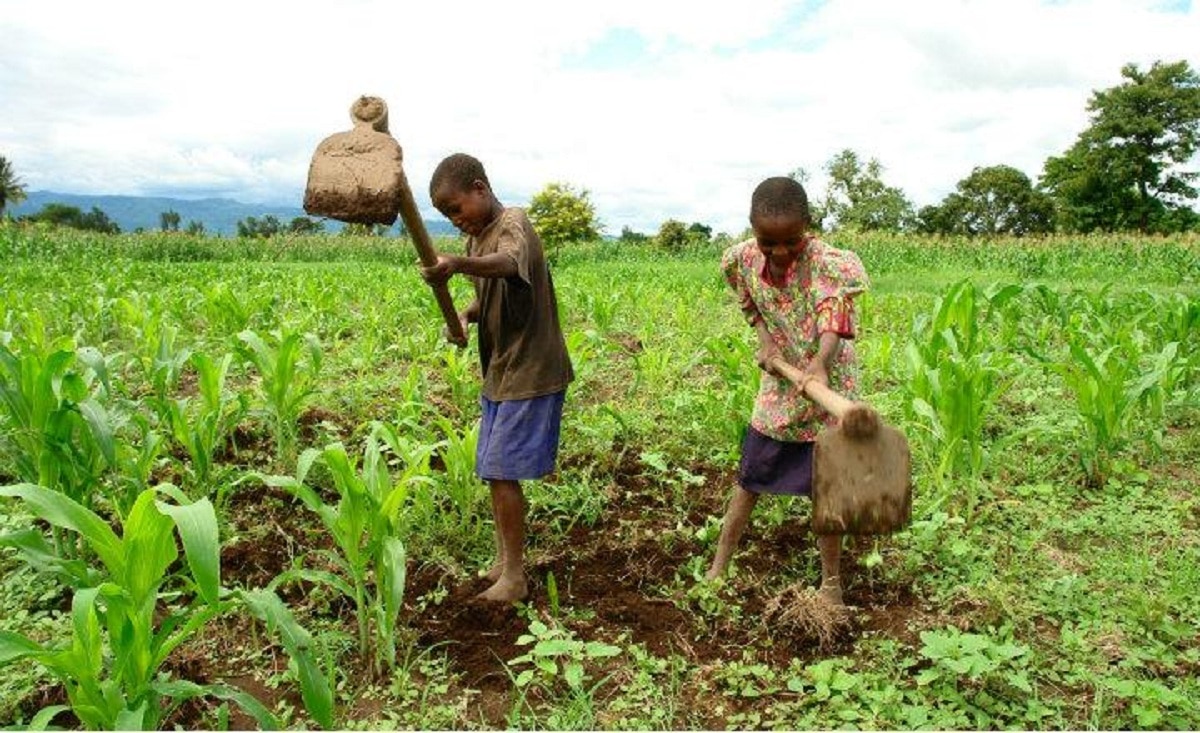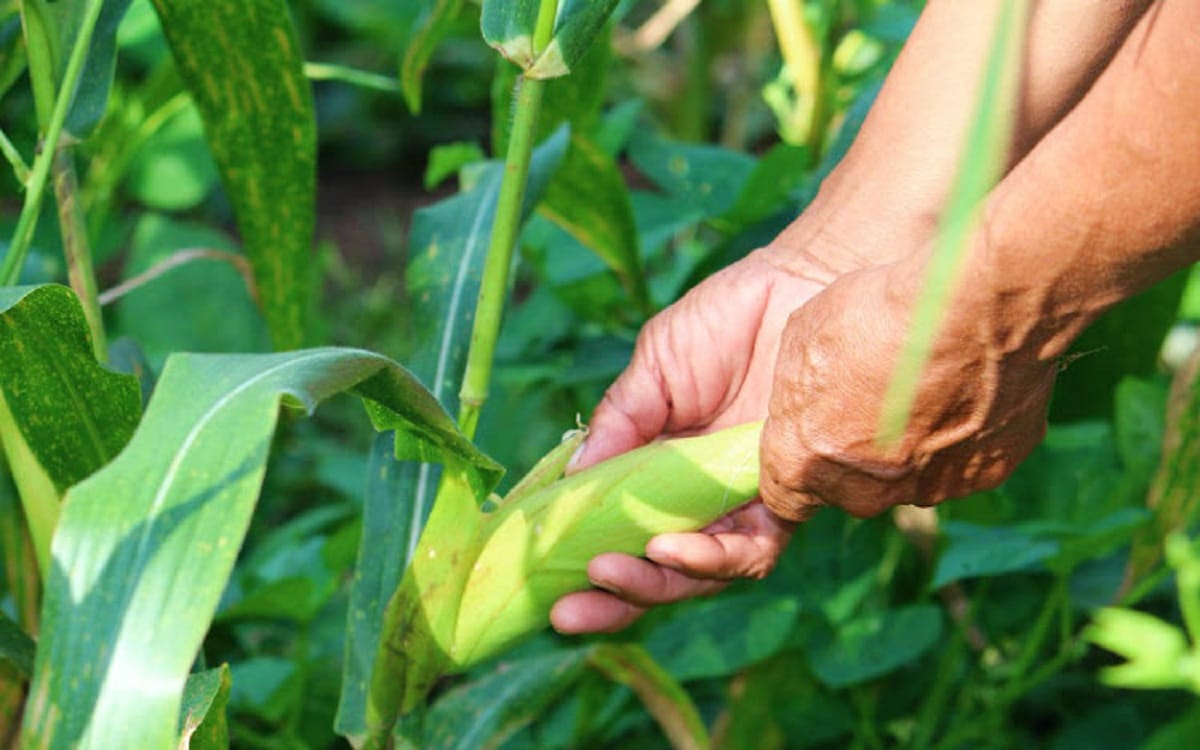
As we know, there are many types of agriculture. Today we are going to talk about the subsistence farming. It is a type in which almost all crops are used to support the farmer and his family, leaving only a few surpluses to be able to sell and trade. In most of the lands where this type of agriculture is worked, several productions are produced per year. It is a type of historical agriculture that has been practiced by many pre-industrial peoples.
In this article we are going to tell you about all the characteristics, types and crops of subsistence agriculture.
Key features

We are talking about pre-industrial peoples that practice this agriculture to support both farmers and their families. These towns that came to transfer to other places when I do it by assembling soil resources in each place. It could be said that they were nomadic populations. Nevertheless, As urban towns grew, these farmers specialized more. This is how commercial agriculture developed. The main objective of this agriculture is to generate a production with a considerable surplus of some crops that can be exchanged for manufactured products or sold for money.
Today, subsistence farming is practiced mostly in developing countries and rural areas. Although it is a practice that has a limited scope, farmers handle highly specialized concepts, allowing them to generate enough food for their subsistence without depending on any type of industry or more elaborate practices.
The lower the degree of participation of this type of agriculture in proportion to the products that are marketed, the more is the degree of orientation towards subsistence agriculture. In order to be able to define well how this type of agriculture is, some authors consider that the production is destined for their own consumption and what is destined for sale does not exceed 50%, it is subsistence agriculture.
Main crops of subsistence agriculture

We are going to see which are the crops mainly intended for own consumption. The first and most outstanding characteristic is the high own consumption of the products that are generated. The farms that are destined to this type of agriculture are smaller, although this does not necessarily imply that agriculture is subsistence. There are some farms dedicated to suburban horticulture that are also small, but they are mainly market oriented and quite efficient at it.
Another characteristic that stands out in this type of agriculture is that it usually has little economic investment for its practices. They are usually endowed with little competitiveness, so they should not release accelerated or quality products on the market. The most normal thing is to see that in these films they apply the use of new efficient technologies for the production of crops. There is neither large-scale machinery nor new technologies are applied. Labor is used and is considered low-skilled. Most of the cases are relatives who are dedicated to the maintenance of crops.
Although this happens most of the time, in many cases there are people who work in this modality and have created procedures that work very well despite having a small space that they can count on. It must be borne in mind that experience over the years causes a development in themselves. We must also add the inherited experience of the ancestors who are dedicated to those same tasks.
Types of subsistence farming

Let's see what are the different types that exist:
Migratory agriculture
It is a type of agriculture that is practiced on a plot of forest land. In order to obtain this plot, the forest land is cleared through a combination of slash and burn. Later it is cultivated. Several years later the degree of fertility of the soil is decreasing, so the land is abandoned and the farmer moves to clean another new piece of land. While the land is left fallow, the forest regrows in the cleared area and the fertility and biomass of the soil are restored. It is like a kind of time that the soil is given to regenerate.
A decade later, the farmer can return to the first piece of land that you will surely have the same or higher degree of fertility than before. We know that this type of agriculture is sustainable in the long term but only for low population densities. If it is necessary to take into account that the population load is higher, a much more frequent destruction of the forest is required, which prevents the fertility of the soil from being recovered. Furthermore, it also encourages undergrowth at the expense of large trees. As a result of a bad practice of this type of agriculture will be deforestation and soil erosion.
Primitive agriculture
This type of agriculture uses techniques such as slash and burn. Among the main characteristics we have is that they are generated in marginal spaces. As a consequence of their location, crops can also be irrigated if they are near a water source.
intensive agriculture
Although subsistence agriculture mainly tries to get the farmer's own supply, there are plots in which simple tools and more labor are used. The intention is to be able to generate the maximum benefit by making the most of the space. The lands located for this type of objective are those in which the climate presents a large number of days with sun and very fertile soils. This allows more than one crop per year to exist on the same plot.
In more intensive situations, farmers use terraces along steep slopes in order to cultivate. For example, we have rice fields.
Some current examples of subsistence agriculture are jungle areas where, after the slash and burn process, Bananas, cassava, potatoes, corn, fruits, squash and other foods are grown. Once it has been collected, the experimental plot proceeds for about 4 years and then another place of cultivation must be found with the same objective as the first.
I hope that with this information you can learn more about subsistence agriculture and its characteristics.